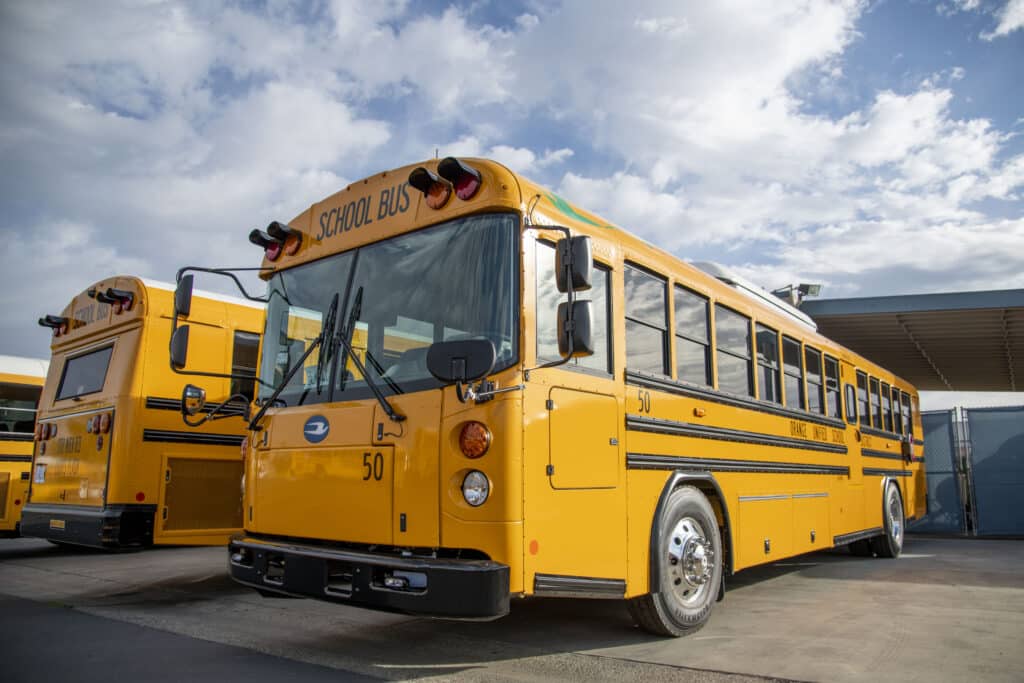EPA Announces Nearly $1 Billion in Grants for Zero-Tailpipe-Emission Electric School Buses
The Bipartisan Infrastructure Law’s Clean School Bus Program has ushered in an era of transformative change, paving the way for a cleaner, healthier future for our nation’s students. With the U.S. Environmental Protection Agency (EPA) announcing $965 million in grants in January 2024, a significant move towards green transportation in schools is now in motion. This substantial investment allows for the procurement of over 2,500 electric school buses across 37 states, one territory, and numerous Tribal Nations, covering 280 school districts, effectively providing a pollution-free commute for more than seven million students nationwide.
The response to this initiative has been overwhelming, with local school districts and private fleet operators applying for nearly double the available funding, reflecting a collective desire for sustainable transportation options. The significant preference for electric buses is evident, with approximately 95% of the funded buses being zero-emission vehicles, a strong testament to the growing recognition of their benefits, not just in terms of air quality, but also for student health and the broader climate.
This is just the second round of funding through the Clean School Bus Program, which initially offered rebates. A third round, also featuring rebates, is currently open for applications until January 31, 2024. The demand for these grants was nearly five times the expected funding, reflecting the enormous enthusiasm for electric school buses.

Crucially, about 85% of the awards were given to designated Priority districts, highlighting the program’s commitment to meeting the needs of high-need and low-income areas, rural and tribal school districts. The popularity of electric school buses is unsurprising, considering their numerous advantages. They produce no tailpipe emissions, eliminating exposure to harmful exhaust fumes for students and contributing to lower carbon emissions, irrespective of the regional electric grid they rely on. This initiative underscores the importance of sustainable choices in shaping a greener future for our children.
